Ford Puma vs VW Golf – Erot ja hinnat vertailussa
Kaksi autoa, yksi kaksintaistelu: Ford Puma kohtaa VW Golf.
Kumpi vakuuttaa enemmän suorituskyvyssä, kulutuksessa ja hinta–laatusuhteessa? Selvitä nyt!
The automotive world is constantly evolving, with manufacturers vying for a competitive edge through innovative designs and technology. In this article, we’ll take a closer look at two popular contenders in the compact car segment: the Ford Puma and the Volkswagen Golf. Each model brings a unique set of strengths, catering to diverse driving preferences and lifestyles.
Body Style and Design
The Ford Puma is classified as a compact SUV, featuring a more robust and elevated design. Its sporty silhouette and dynamic lines make it appealing to those seeking both functionality and style. The Puma offers a spacious interior that supports a five-seat configuration, making it practical for families or individuals needing extra room.
In contrast, the Volkswagen Golf is a staple hatchback that possesses a more traditional car aesthetic. Known for its refined elegance, the Golf combines versatility with a sleek design that appeals to a broad audience. Like the Puma, it also accommodates five passengers comfortably, though its trunk space is slightly smaller.
Performance and Engine Options
The Ford Puma offers a range of petrol engines, including mild-hybrid variants that enhance fuel efficiency. The engines produce anywhere from 125 to 168 horsepower, providing varied performance levels. The Puma also features a front-wheel-drive layout, ensuring a responsive driving experience. Notably, its acceleration times range from 7.4 to 9.8 seconds for 0 to 100 km/h, with top speeds reaching up to 210 km/h.
On the other hand, the Volkswagen Golf provides a broader spectrum of engine options, including petrol, diesel, and plug-in hybrid variants, with outputs reaching as high as 333 horsepower. The Golf also offers both front-wheel and all-wheel-drive configurations, accommodating different driving needs. Acceleration capabilities are impressive, with some variants clocking in at 4.6 seconds for the 0 to 100 km/h sprint, pushing its top speed to an exhilarating 270 km/h.
Fuel Efficiency and Emissions
When it comes to efficiency, the Ford Puma stands out with its mild-hybrid technology, allowing it to achieve consumption figures of 5.4 to 6 L/100 km. The lower CO2 emissions ratings will appeal to eco-conscious drivers, with figures ranging from 121 g/km to 129 g/km.
The Volkswagen Golf excels in this department as well, with consumption ratings as low as 4.3 L/100 km for some diesel and hybrid models. Its CO2 emissions vary from 113 g/km to 192 g/km, depending on the engine configuration. This broad spectrum in engine choices ensures that buyers can select a variant aligning with their environmental commitments.
Innovative Features and Technology
Ford has integrated several advancements in the Puma, including the latest infotainment system that boasts a user-friendly interface and seamless smartphone connectivity. Safety features are abundant, with various driver-assist technologies enhancing the driving experience, such as lane-keeping assist and adaptive cruise control. Additionally, the Ford Puma's design incorporates practical features like a spacious trunk that can accommodate bulky items, thanks to its “MegaBox” storage solution.
The Volkswagen Golf, on the other hand, continues to evolve with cutting-edge technology. Its infotainment system is highly regarded for its responsiveness and rich feature set, including augmented reality navigation. Safety and driver assistance are also top-notch, with features like emergency braking and adaptive lighting, ensuring a secure ride. Furthermore, the Golf boasts an impressive interior quality, showcasing premium materials that provide a comfortably upscale feel.
Conclusion: Which One Reigns Supreme?
Choosing between the Ford Puma and Volkswagen Golf ultimately depends on individual priorities. If you seek a compact SUV with a practical approach and innovative storage solutions, the Puma stands out as a solid choice. Meanwhile, if performance, a wider range of engine options, and a touch of luxury are at the top of your list, the Golf may be the better fit.
Both vehicles offer commendable features, striking a balance between practicality and performance. Regardless of your choice, both the Ford Puma and Volkswagen Golf promise fulfilling driving experiences that cater to modern needs.
Tässä mennään yksityiskohtiin: tekniset erot tarkemmin
Kustannukset ja kulutus: Hinta ja kulutus ovat tärkeimpiä ostopäätökseen vaikuttavia tekijöitä – ja juuri täällä erot usein korostuvat.
Ford Puma on hinnassa vähäinen edullisempi – sen lähtöhinta on 28900 €, kun taas VW Golf maksaa 29400 €. Ero on noin 495 €.
Polttoaineenkulutuksessa näkyy ero: VW Golf kuluttaa 0.30 L ja on siten merkittävä taloudellisempi kuin Ford Puma, jonka kulutus on 5.40 L. Ero on noin 5.10 L /100 km.
Toimintamatkassa Ford Puma suoriutuu merkittävä paremmin: se yltää jopa 376 km:een, noin 233 km enemmän kuin VW Golf.
Moottori ja suorituskyky: Moottorin alta paljastuu, kumpi malli on urheilullisempi ja kiihtyy paremmin.
Moottoritehossa VW Golf on ratkaiseva etulyöntiasemassa – 333 hv verrattuna 168 hv:een. Ero on noin 165 hv hv.
Kiihdytyksessä 0–100 km/h VW Golf on merkittävä nopeampi – 4.60 s vs. 7.40 s. Ero on noin 2.80 s sekuntia.
Huippunopeudessa VW Golf on selvästi havaittava edellä – se yltää 270 km/h:een, kun taas Ford Puma saavuttaa 210 km/h. Ero on noin 60 km/h.
Vääntömomentissa näkyy myös ero: VW Golf vetää erottuva voimakkaammin, 420 Nm verrattuna 290 Nm:een. Eroa on noin 130 Nm.
Tila ja käytännöllisyys: Tehon ohella arjessa ratkaisevat mukavuus ja käytännöllisyys. Tässä selviää, kumpi auto on monipuolisempi ja tilavampi.
Molemmissa autoissa on tilaa 5 henkilölle.
Omapainossa VW Golf on vähäinen kevyempi – 1307 kg verrattuna 1316 kg:een. Painoero on noin 9 kg.
Tavaratilan koossa Ford Puma tarjoaa selvästi havaittava enemmän – 523 L verrattuna 381 L:een. Ero on noin 142 L.
Maksimikantavuudessa Ford Puma pärjää kevyt paremmin – jopa 1283 L, noin 46 L enemmän kuin VW Golf.
Kantavuudessa VW Golf on tuskin havaittava parempi – 508 kg verrattuna 469 kg:een. Ero on noin 39 kg.
Kokonaisuudessaan VW Golf on antaa kilpailijalle vähän mahdollisuuksia ja nappaa näin DriveDuel Champion -tittelin.
Se vakuuttaa tasapainoisemmalla kokonaisuudellaan ja on käytännöllisempi kumppani arjessa.
Ford Puma
Ford Puma on saanut runsaasti huomiota upealla muotoilullaan ja käytännöllisillä ominaisuuksillaan. Sen kompakti koko yhdistää mukavasti energisen ajokokemuksen ja tilavat tavaratilat. Tämä auto on täydellinen valinta kaupunkiajoon, yhdistäen tyylikkyyden ja toimivuuden saumattomasti.
Tiedot @ puma.fordpresskits.com
@ puma.fordpresskits.com
 @ puma.fordpresskits.com
@ puma.fordpresskits.com
 @ puma.fordpresskits.com
@ puma.fordpresskits.com
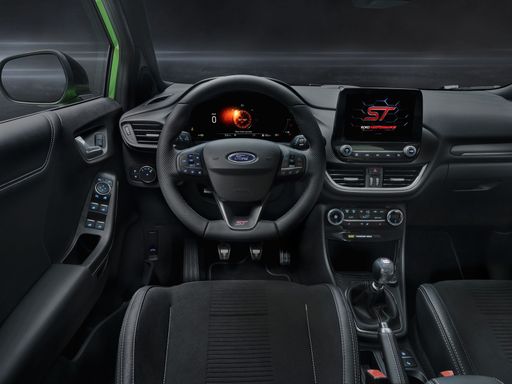 @ puma.fordpresskits.com
@ puma.fordpresskits.com
VW Golf
Volkswagen Golf on ollut pitkään yksi suosituimmista ja tunnistettavimmista kompaktiluokan autoista. Sen elegantti muotoilu ja käytännöllisyys tekevät siitä erinomaisen valinnan päivittäiseen käyttöön, olipa kyseessä kaupunkiajo tai pidemmät matkat. Golf yhdistää vaivattomasti mukavuuden ja tehokkuuden, mikä tekee siitä houkuttelevan vaihtoehdon monille autoilijoille.
Tiedot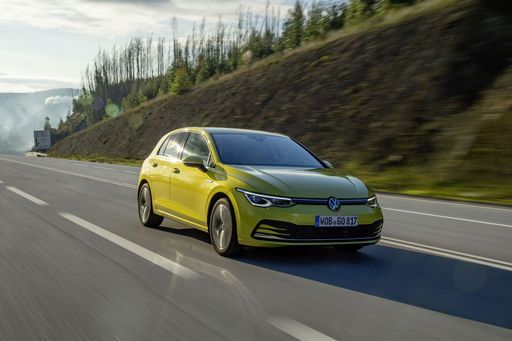 @ Volkswagen
@ Volkswagen
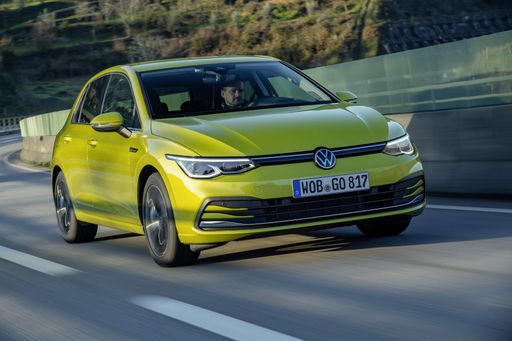 @ Volkswagen
@ Volkswagen
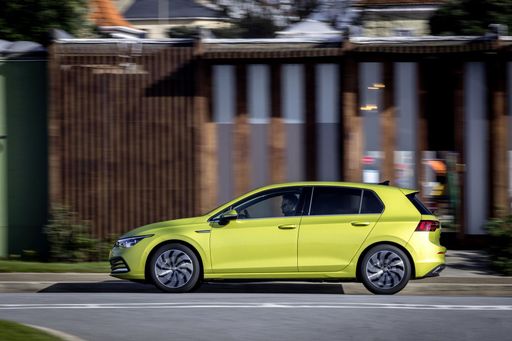 @ Volkswagen
@ Volkswagen
 @ Volkswagen
@ Volkswagen
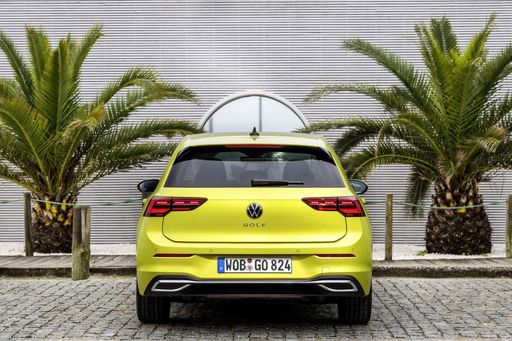 @ Volkswagen
@ Volkswagen
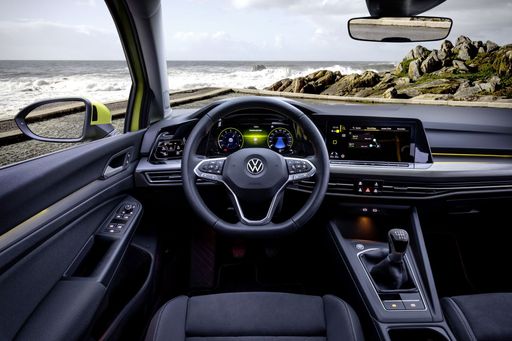 @ Volkswagen
@ Volkswagen
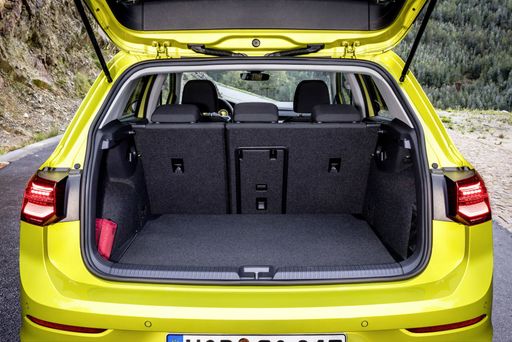 @ Volkswagen
@ Volkswagen

|

|
|
|
|
Kustannukset ja kulutus |
|
|---|---|
|
Hinta
28900 - 42400 €
|
Hinta
29400 - 60200 €
|
|
Kulutus L/100km
5.4 - 5.9 L
|
Kulutus L/100km
0.3 - 8.2 L
|
|
Kulutus kWh/100km
13.1 - 13.9 kWh
|
Kulutus kWh/100km
-
|
|
Sähköinen toimintasäde
361 - 376 km
|
Sähköinen toimintasäde
131 - 143 km
|
|
Akun kapasiteetti
43 kWh
|
Akun kapasiteetti
19.70 kWh
|
|
CO2
0 - 135 g/km
|
CO2
6 - 186 g/km
|
|
Polttoainesäiliön tilavuus
42 L
|
Polttoainesäiliön tilavuus
40 - 55 L
|
Mitat ja kori |
|
|---|---|
|
Kori
SUV
|
Kori
Hatchback
|
|
Istuimet
5
|
Istuimet
5
|
|
Ovet
5
|
Ovet
5
|
|
Omamassa
1316 - 1563 kg
|
Omamassa
1307 - 1668 kg
|
|
Tavaratila
456 - 523 L
|
Tavaratila
273 - 381 L
|
|
Pituus
4186 - 4226 mm
|
Pituus
4282 - 4296 mm
|
|
Leveys
1805 mm
|
Leveys
1789 mm
|
|
Korkeus
1550 - 1555 mm
|
Korkeus
1454 - 1483 mm
|
|
Maksimi tavaratila
1216 - 1283 L
|
Maksimi tavaratila
1129 - 1237 L
|
|
Kantavuus
367 - 469 kg
|
Kantavuus
431 - 508 kg
|
Moottori ja suorituskyky |
|
|---|---|
|
Moottorityyppi
Sähkö, Bensiini MHEV
|
Moottorityyppi
Bensiini MHEV, Bensiini, Plug-in hybridi, Diesel
|
|
Vaihteisto
Automaatti, Manuel
|
Vaihteisto
Automaatti, Manuel
|
|
Vaihteiston tyyppi
Alennusvaihteisto, Manuaalivaihteisto, Kaksoiskytkin automaatti
|
Vaihteiston tyyppi
Kaksoiskytkin automaatti, Manuaalivaihteisto
|
|
Vetotapa
Etuveto
|
Vetotapa
Etuveto, Neliveto
|
|
Teho hv
125 - 168 hv
|
Teho hv
116 - 333 hv
|
|
Kiihtyvyys 0-100 km/h
7.4 - 9.8 s
|
Kiihtyvyys 0-100 km/h
4.6 - 10.2 s
|
|
Huippunopeus
160 - 210 km/h
|
Huippunopeus
202 - 270 km/h
|
|
Vääntömomentti
170 - 290 Nm
|
Vääntömomentti
220 - 420 Nm
|
|
Sylinterien lukumäärä
3
|
Sylinterien lukumäärä
4
|
|
Teho kW
92 - 124 kW
|
Teho kW
85 - 245 kW
|
|
Iskutilavuus
999 cm3
|
Iskutilavuus
1498 - 1984 cm3
|
Yleiset |
|
|---|---|
|
Mallivuosi
2025
|
Mallivuosi
2024 - 2025
|
|
CO2-tehokkuusluokka
A, D
|
CO2-tehokkuusluokka
D, B, F, G, C
|
|
Merkki
Ford
|
Merkki
VW
|
Onko Ford Puma saatavana eri vetotavoilla?
Mallia tarjotaan Etuveto-versiona.
Näytetyt hinnat ja tiedot ovat arvioita, jotka perustuvat Saksan listahintoihin, ja voivat vaihdella maittain. Nämä tiedot eivät ole oikeudellisesti sitovia.
